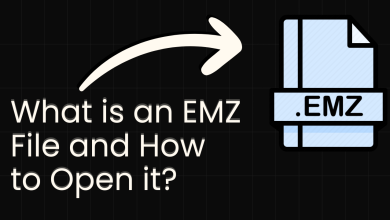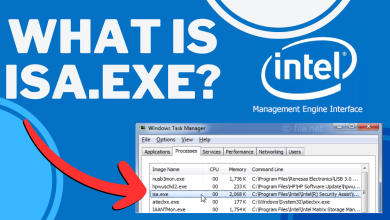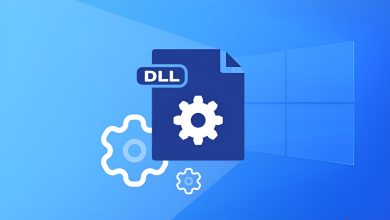What is an ICA file? How can I open an ICA file?
An ICA (Independent Computing Architecture) file is a file format used by Citrix systems. It is commonly associated with Citrix XenApp and XenDesktop, which are virtualization solutions allowing users to access applications or desktop environments running on a remote server.
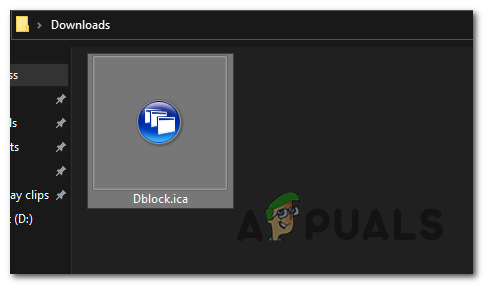
The ICA file contains configuration information and instructions, such as the server address, port number, authentication credentials, and other settings for the Citrix Receiver – a client software installed on the user’s device. When the user opens these files, the Citrix Receiver reads them and establishes a connection to the remote server, allowing the user to interact with the applications or desktops hosted on that server.
This enables users to access the applications without having to install them locally. Enterprise organizations utilize ICA files and Citrix clients to provide employees with remote access to important business applications, while also standardizing application deployment and access.
How can I open an ICA file?
To open an ICA (Independent Computing Architecture) file, you need to have the Citrix Receiver or Citrix Workspace installed on your device. To install these programs and open the file with them, follow these steps:
- Visit the official Citrix website (https://www.citrix.com) using a web browser.
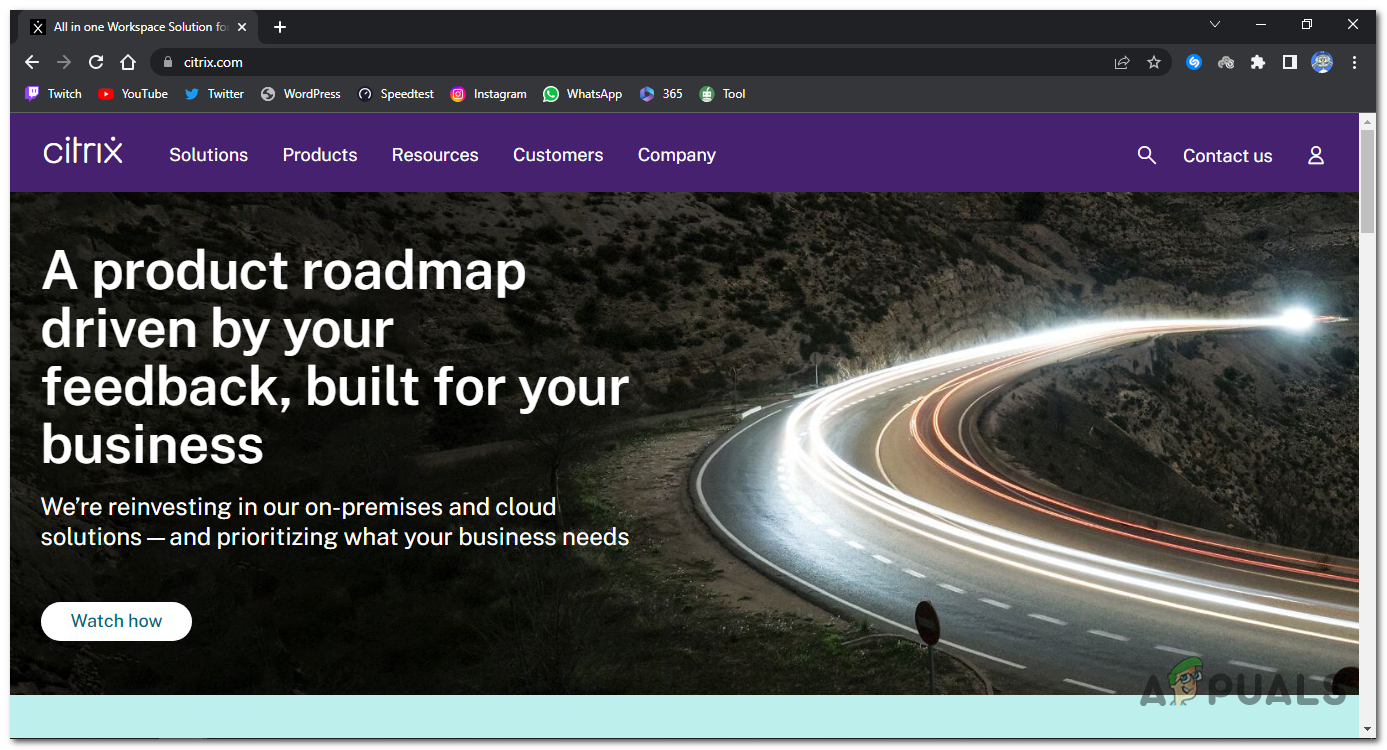
Open the official Citrix website. - Press the “Download” button.
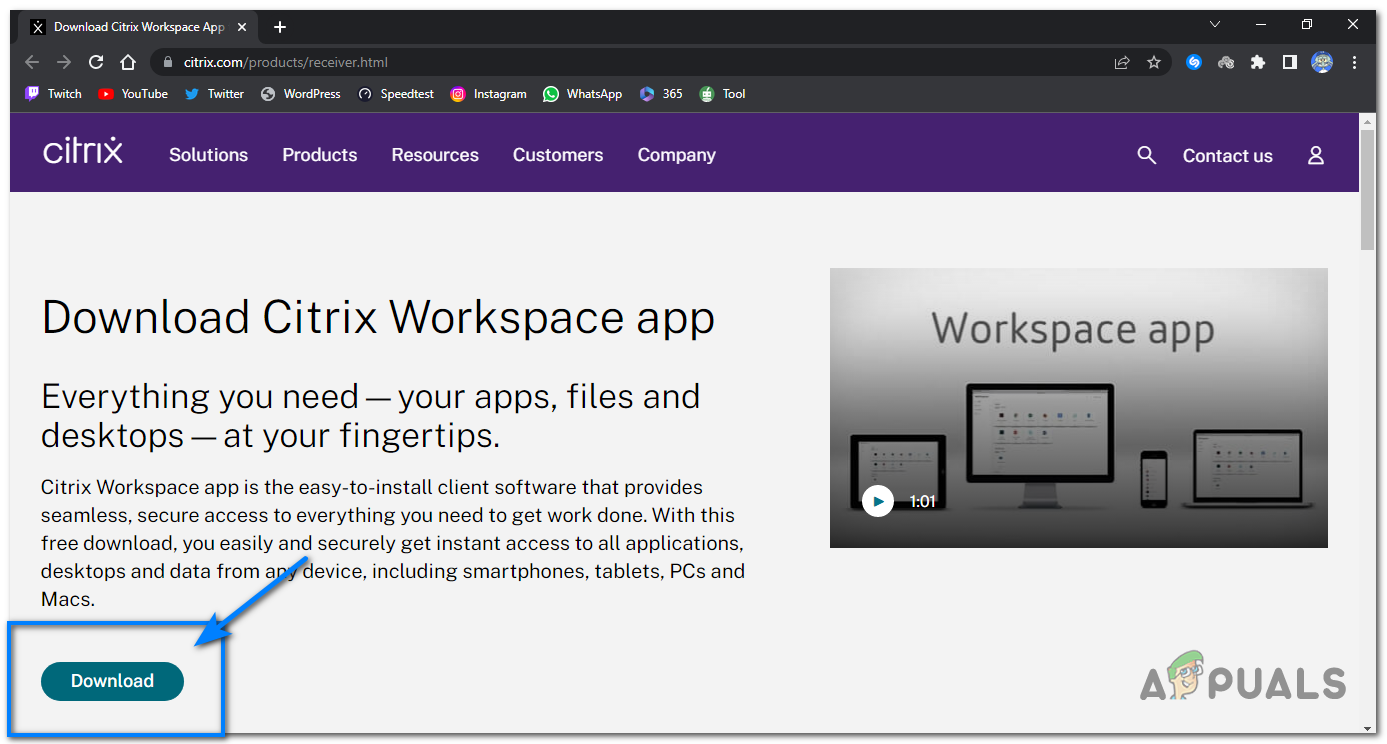
Press the “Download” button. - Look for the Citrix Receiver or Citrix Workspace client software. Depending on the website layout and current Citrix offerings, you may find different versions or editions of the client software. Choose the appropriate version for your operating system.
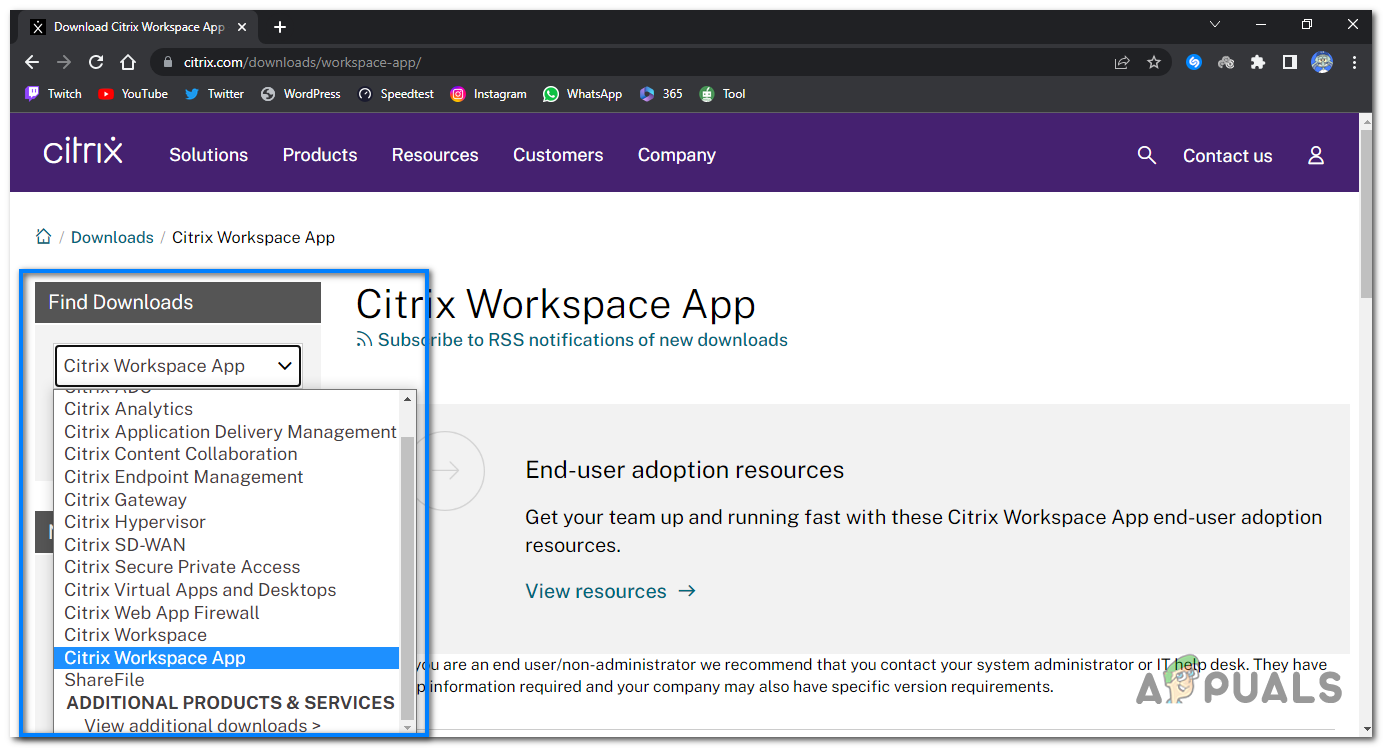
Look for the Citrix Receiver or Citrix Workspace client software. - Click on the download link for the selected client software.
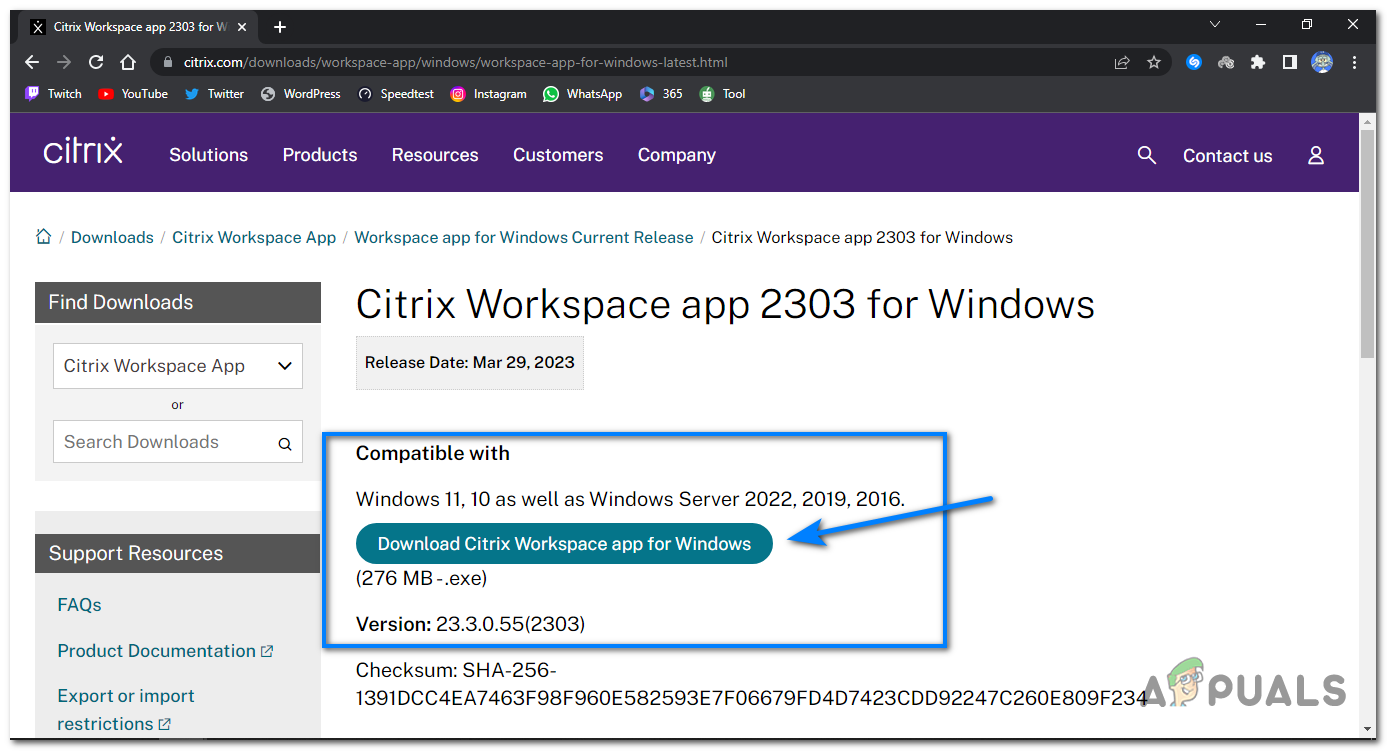
Click on the download link. - Once the installer file is downloaded, locate it on your computer and double-click it to run the installer.
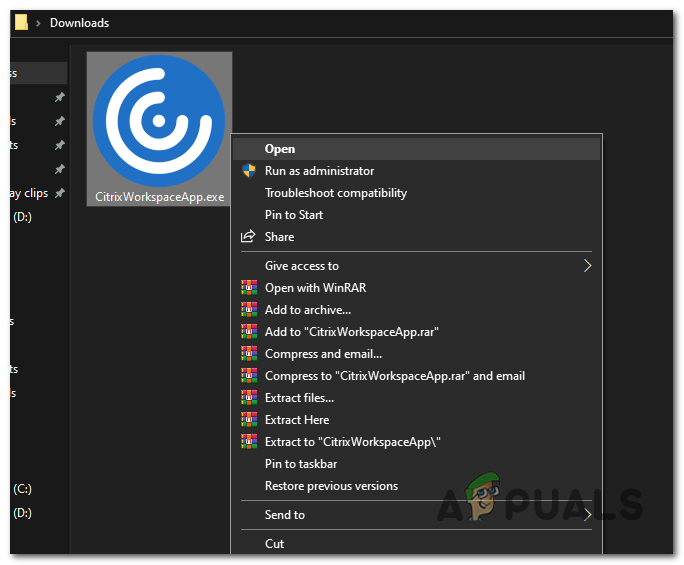
Open the installer file. - Follow the on-screen instructions provided by the installer. Typically, you will need to agree to the license agreement, choose the installation location, and select any additional components or options you wish to include.

Accept the license agreement if you agree with it. - After completing the installation, the Citrix Receiver or Citrix Workspace client software should be ready to use.
- Locate the ICA file that you want to open.

Locate the ICA file. - Right-click on the file, choose “Open with,” and then select “Citrix Connection Manager” from the list of available programs.
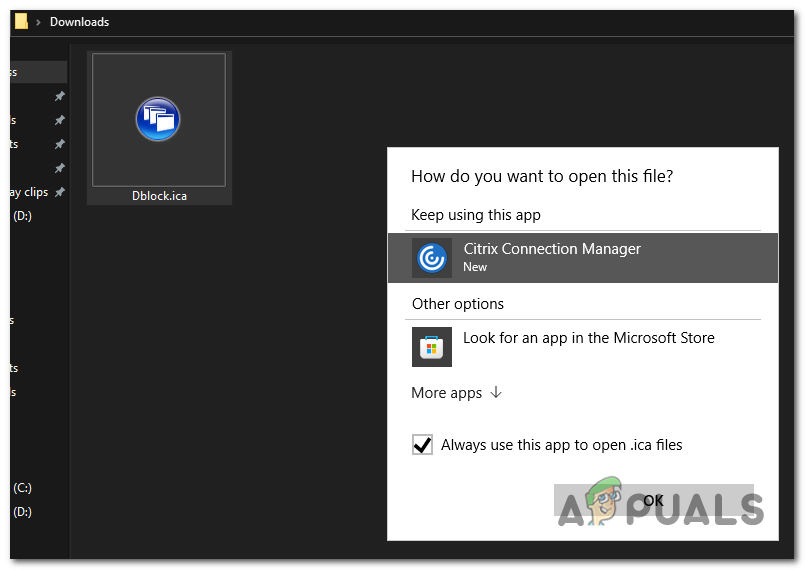
Open the ICA file using Citrix Connection Manager. - The appropriate app will launch and initiate the connection to the remote server specified in the ICA file.
- If prompted, enter your credentials, such as your username and password, to authenticate yourself with the remote server.
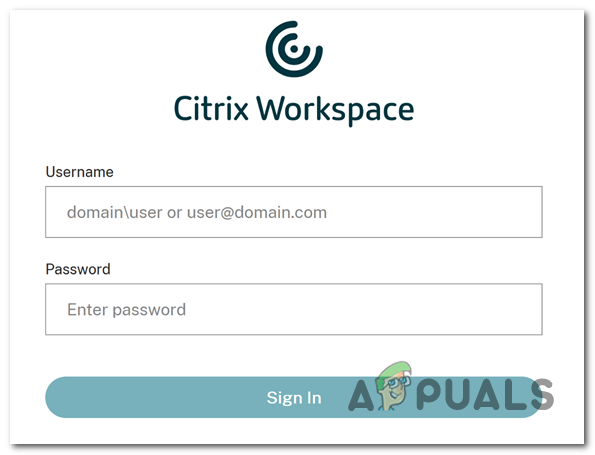
Enter your credentials if prompted. - Once the connection is established, the virtualized application or desktop specified in the ICA file will be displayed on your screen. You can interact with it as if it were running locally on your device.
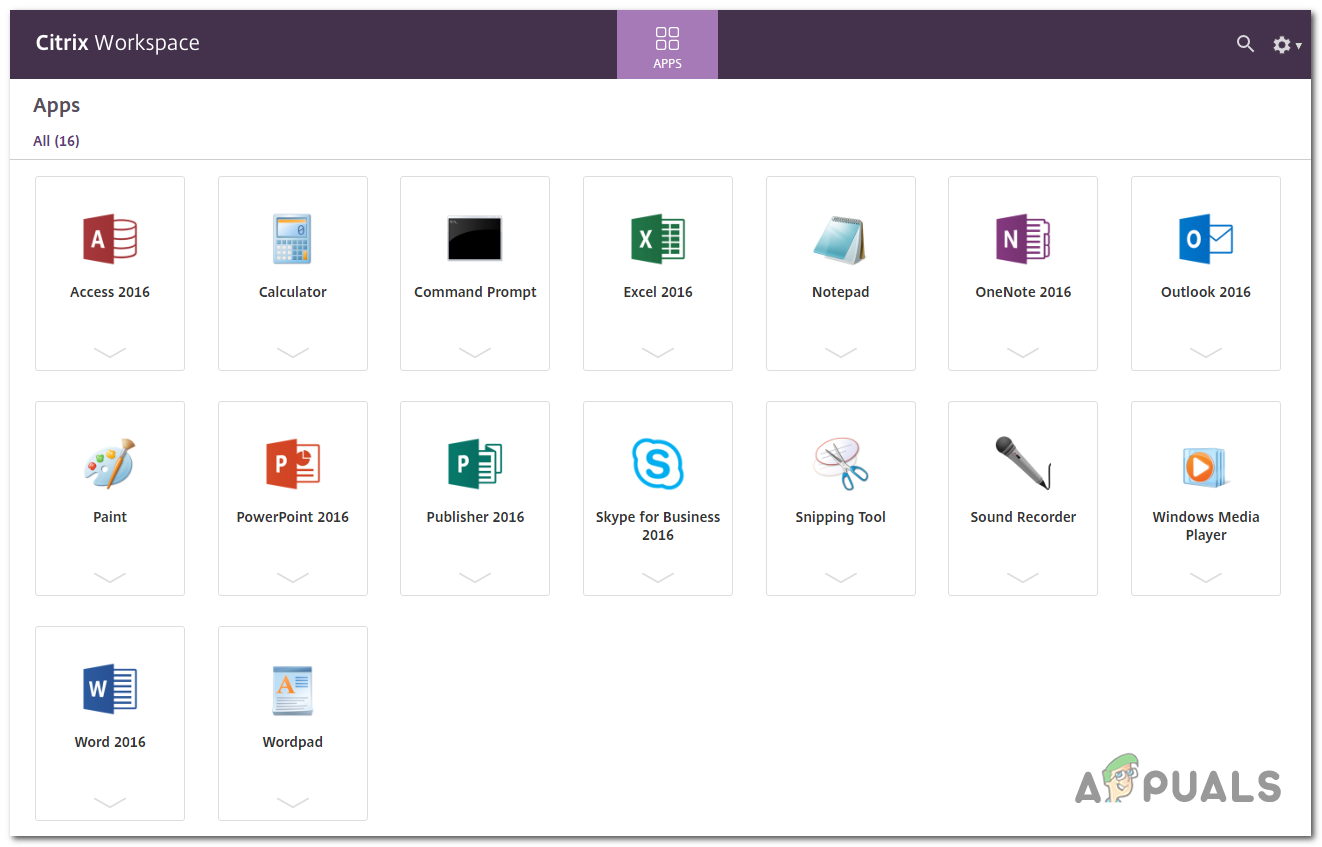
The virtualized application or desktop specified in the ICA file will be displayed on your screen.
In conclusion, I hope you were able to open the ICA file you were trying to access, as these files are critical in the Citrix ecosystem. They allow you remote access to applications and desktop environments, making it easier for you to work remotely.


